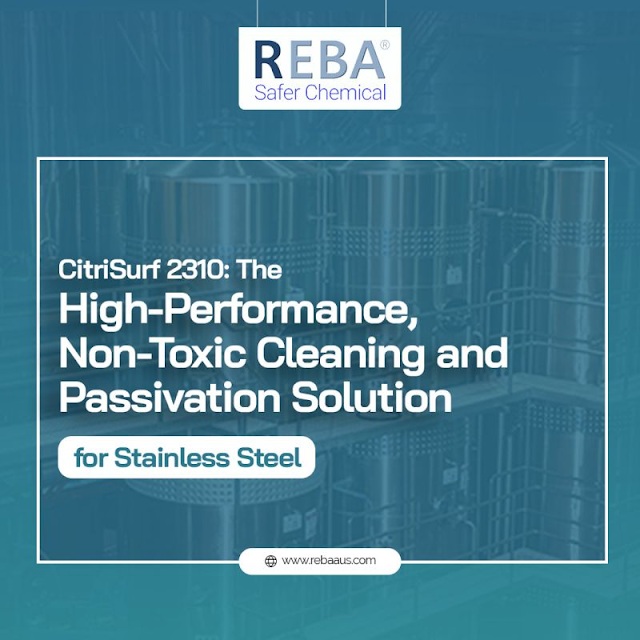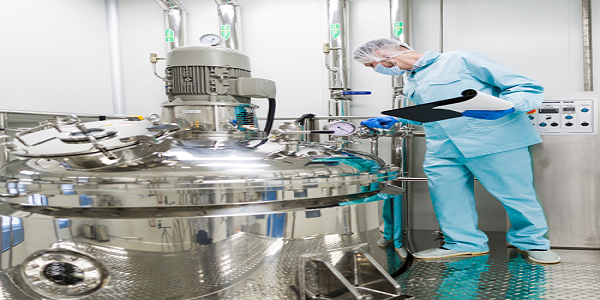Ensure Greater Durability with Stainless Steel Passivation Process
All you need to know about the Stainless Steel Passivation Process?
Passivation is a finishing process for stainless steel & other metal workpieces. It is a non-electrolytic chemical procedure that creates an outer layer of shield material and removes free iron from the surface through nitric acid or citric acid. Thus, the stainless steel parts are less likely to react with air & therefore, they show better corrosion resistance. As a consequence of removing free iron & increasing the chromium content in the metal, the Stainless Steel Passivation Process achieves a thicker chromium oxide layer, resulting in a significantly improved corrosion resistance.
Why should stainless steel grades get passivated?
Stainless steel naturally shows excellent corrosion resistance. However, it is not entirely immune to corrosion, especially rust. Stainless steel owes excellent corrosion resistance to the high chromium content in the alloy. Due to the chemical reaction of chromium & oxygen, stainless steel forms a thin protective layer of chromium oxide on the surface. However, small spots on the surface may rust despite the oxide layer, which happens because water molecules can oxidize some iron in the areas due to grain boundaries or foreign matter. This process is called rouging. The removal of the contaminants & the oxide growth process is known as passivation.
How does passivation work?
There are several other specifications for the passivation process of steel and other metals, depending on the different standards.
Mostly, different passivation standards have a few steps in common, which are:
- The steel gets cleaned from foreign materials & particles of iron.
- The workpiece gets chemical treatment via immersion. This step takes place in the acid bath, usually nitric or citric acid.
- The stainless steel surface gets examined whether the chemical treatment was successful or not.
The passivation procedure accelerates the natural method, which occurs when the material gets exposed to oxygen in the atmosphere. Thus, passivation helps to build the inert oxide layer more quickly. Further, the build-up protective layer becomes significantly thicker than found in nature.
As already mentioned, all the different passivation specifications have the following steps every day. The first step in the passivation method is the cleaning of the workpiece. The steel must be immaculate of any contaminants.
A validating test proves this circumstance. After the cleaning, all the parts are placed in an acidic passivation bath. Depending upon the stainless steel grade, one of these approaches can be used: nitric acid passivation, nitric acid with sodium dichromate passivation, & citric acid passivation. The time duration, which usually has a minimum of 20 to 30 minutes, & the temperature, which ranges from ambient to 60° C, are predetermined.
Next, the parts are neutralized through a bath of aqueous sodium hydroxide. Finally, the stainless steel workpiece gets rinsed with clean water & then dried. The surface undergoes a testing task with humidity, elevated temperature, or salt spray to validate the passivation results. Martensitic stainless steel, however, must receive special treatment due to it being challenging to passivate.
Thus, choose Reba Safer Chemical for Stainless Steel Passivation Process and keep your equipment safe from corrosion. If you want any information regarding Rust Removal from Stainless Steel, you are in the right place. Our team will guide you on this & explain the whole process.



Comments
Post a Comment